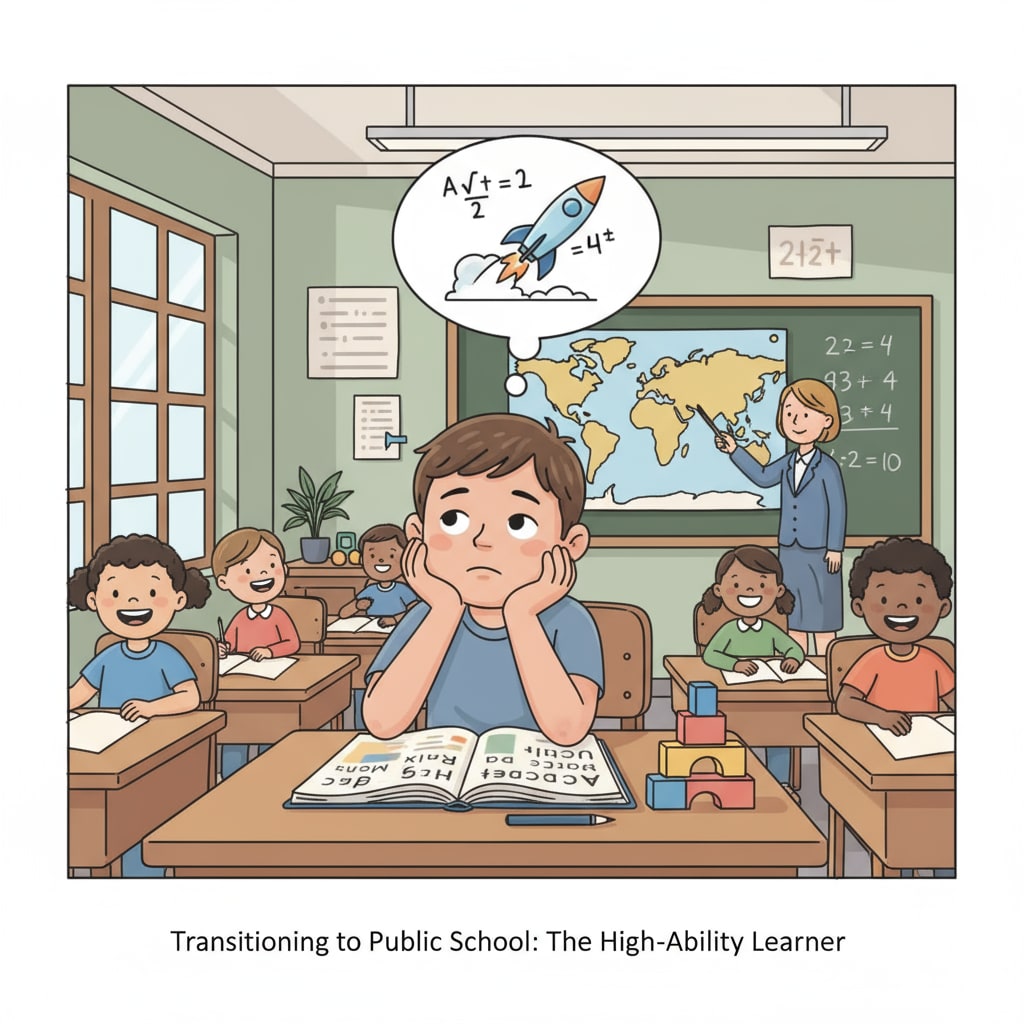Gifted young children, school transition, twice exceptional (2e), Montessori education are key concepts when discussing the educational journey of certain young learners. When children with high abilities, particularly those who might be twice exceptional (2e), move from a Montessori educational setting to a gifted class in a public school, they often face unique challenges. Montessori education is renowned for its emphasis on self-directed learning, hands-on experiences, and a child-centered approach. However, public schools typically have a more structured curriculum and teaching style. This transition can be quite a hurdle for these young students.

The Challenges of Transition
One of the main issues these children encounter is boredom. In a Montessori environment, they have the freedom to explore various topics at their own pace. But in a public school’s gifted class, the structured curriculum might not always keep up with their advanced learning speed. For example, a child who has already mastered basic math concepts in Montessori might find the initial math lessons in public school repetitive. As a result, they may become disengaged and show signs of restlessness.
Behavior problems can also arise. These children, accustomed to the relatively free – flowing Montessori classroom, may struggle with the more rigid rules and schedules in public schools. They might have difficulty sitting still for long periods or following a set routine, which can lead to misunderstandings with teachers and peers.

Supporting the Transition
To help these children adapt, communication is crucial. Parents should have open conversations with both the Montessori teachers and the public school educators. They can share the child’s learning style, interests, and achievements in the Montessori environment. This information will enable public school teachers to better understand the child’s needs and adjust their teaching methods accordingly.
Preparing the child emotionally is also essential. Parents can talk to their children about the differences between the two educational settings. They can explain the benefits of the structured learning in public schools, such as the opportunity to work in groups and participate in standardized assessments that can showcase their abilities on a broader scale.
Another important aspect is providing additional learning opportunities outside of school. High – ability children often need more intellectual stimulation. Parents can enroll them in extracurricular activities like science clubs, chess tournaments, or language classes. These activities can help satisfy their thirst for knowledge and keep them engaged during the transition period.
Readability guidance: By using short paragraphs and lists, we can clearly present the challenges and solutions. For example, under the “The Challenges of Transition” section, we list boredom and behavior problems as key issues. In the “Supporting the Transition” section, we use bullet points to highlight important strategies like communication, emotional preparation, and extracurricular activities. This makes the information more accessible for readers. Additionally, we control the proportion of passive语态 and long sentences, and add transition words such as “however”, “therefore”, “in addition”, and “for example” to enhance the flow of the article.


